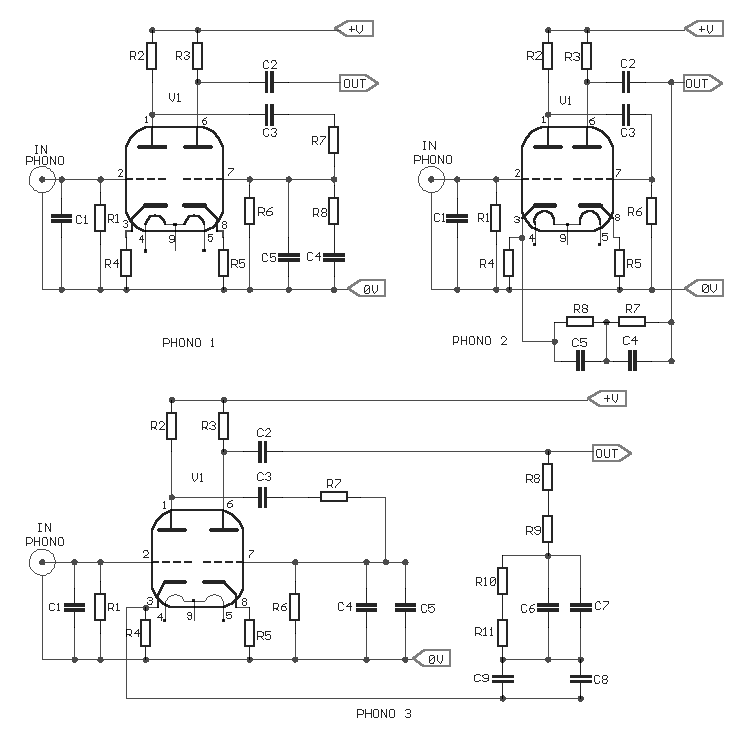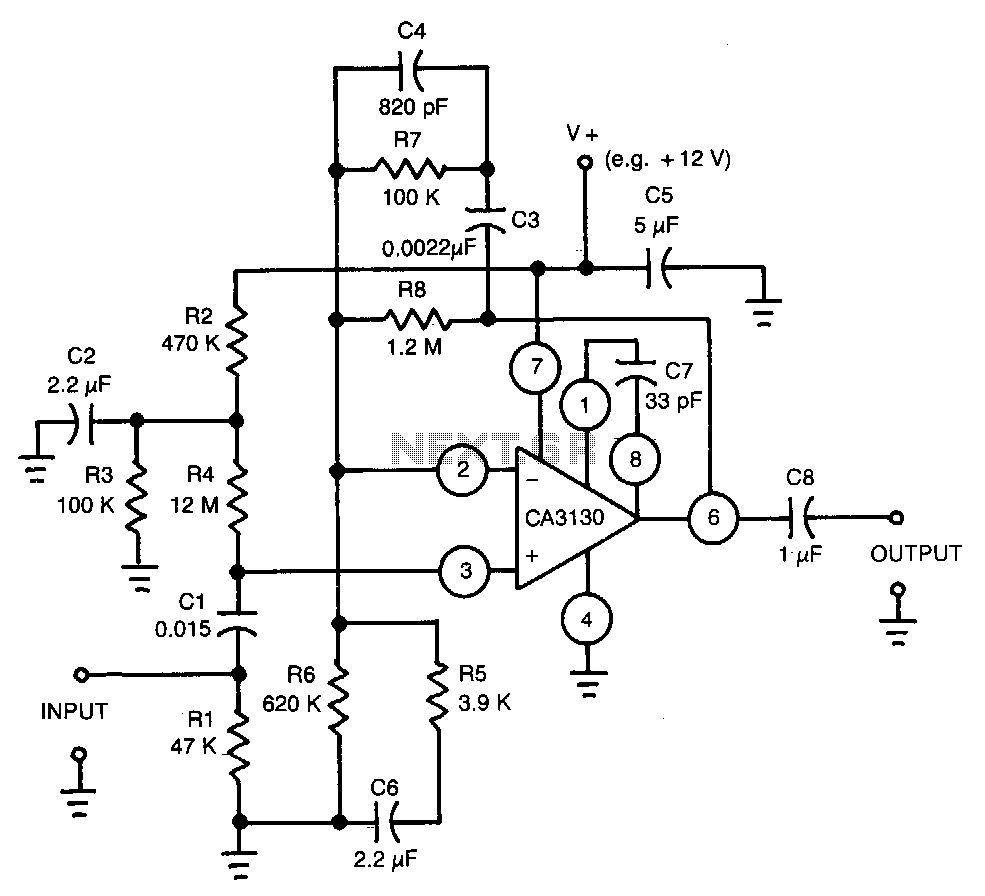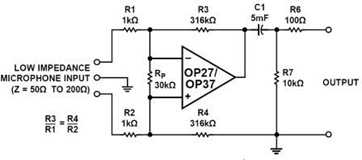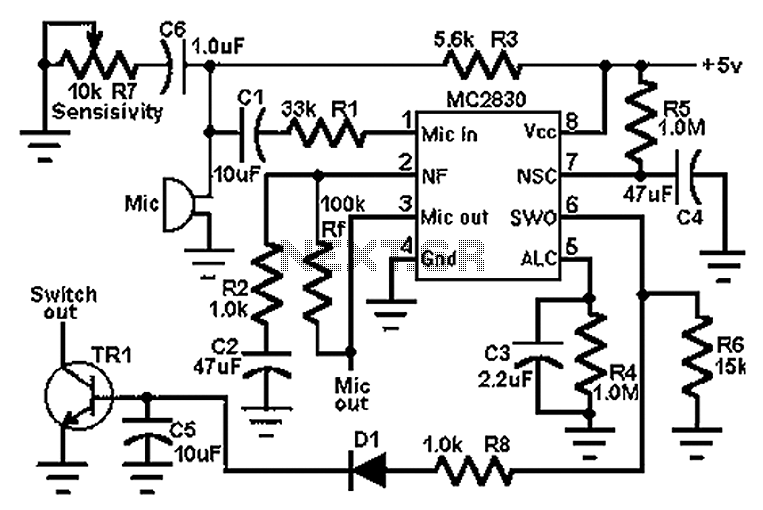
RIAA Phono Preamp
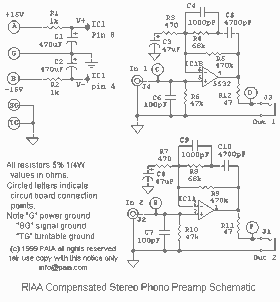
This RIAA Pre-Amp is the perfect solution to getting a signal off of your old turntable and into your mixing board. Whether you want to grab a couple of loops from a 70s LP record or just archive your record collection, you need an RIAA compensated pre-amp to do it. When grooves are cut in the vinyl of a record, pre-emphasis is used to even out the size of the high and low frequency grooves. To restore the recovered signals frequency response, de-emphasis is required and this is the function of the PAiA RIAA pre-amp.
The RIAA Pre-Amp, as described, is a specialized piece of electronic equipment designed to interface with an old turntable and a mixing board. It serves the purpose of signal extraction from a vinyl record, making it possible to capture specific loops from a 70s LP or to archive an entire record collection. The pre-amp is RIAA compensated, which means it has been specifically designed to work with records that have been cut according to the Recording Industry Association of America's standards.
Pre-emphasis is a process used during the cutting of the vinyl record to ensure that the grooves representing high and low-frequency sounds are of equal size. This is crucial because it prevents the grooves from becoming too deep or too shallow, which could affect the quality of the sound reproduction.
However, the pre-emphasis process alters the frequency response of the recorded signal. To correct this and restore the original frequency response, a process called de-emphasis is used. The PAiA RIAA pre-amp performs this de-emphasis, ensuring that the sound reproduced from the vinyl record is as close as possible to the original recording.
In conclusion, the RIAA Pre-Amp is an essential tool for anyone looking to extract audio from vinyl records. It compensates for the RIAA pre-emphasis used during record cutting, and restores the original frequency response of the signal through de-emphasis. This results in a high-quality audio output that can be further processed or archived.This riaa Pre-Amp is the perfect solution to getting a signal off of your old turntable and into your mixing board. Whether you want to grab a couple of loops from a 70s LP record or just archive your record collection you need an riaa compensated pre-amp to do it.
When grooves are cut in the vinyl of a record pre-emphasis is used to even out the size of the high and low frequency grooves. To restore the recovered signals frequency response, de-emphasis is required and this is the function of the PAiA riaa pre-amp.
🔗 External reference
The RIAA Pre-Amp, as described, is a specialized piece of electronic equipment designed to interface with an old turntable and a mixing board. It serves the purpose of signal extraction from a vinyl record, making it possible to capture specific loops from a 70s LP or to archive an entire record collection. The pre-amp is RIAA compensated, which means it has been specifically designed to work with records that have been cut according to the Recording Industry Association of America's standards.
Pre-emphasis is a process used during the cutting of the vinyl record to ensure that the grooves representing high and low-frequency sounds are of equal size. This is crucial because it prevents the grooves from becoming too deep or too shallow, which could affect the quality of the sound reproduction.
However, the pre-emphasis process alters the frequency response of the recorded signal. To correct this and restore the original frequency response, a process called de-emphasis is used. The PAiA RIAA pre-amp performs this de-emphasis, ensuring that the sound reproduced from the vinyl record is as close as possible to the original recording.
In conclusion, the RIAA Pre-Amp is an essential tool for anyone looking to extract audio from vinyl records. It compensates for the RIAA pre-emphasis used during record cutting, and restores the original frequency response of the signal through de-emphasis. This results in a high-quality audio output that can be further processed or archived.This riaa Pre-Amp is the perfect solution to getting a signal off of your old turntable and into your mixing board. Whether you want to grab a couple of loops from a 70s LP record or just archive your record collection you need an riaa compensated pre-amp to do it.
When grooves are cut in the vinyl of a record pre-emphasis is used to even out the size of the high and low frequency grooves. To restore the recovered signals frequency response, de-emphasis is required and this is the function of the PAiA riaa pre-amp.
🔗 External reference
